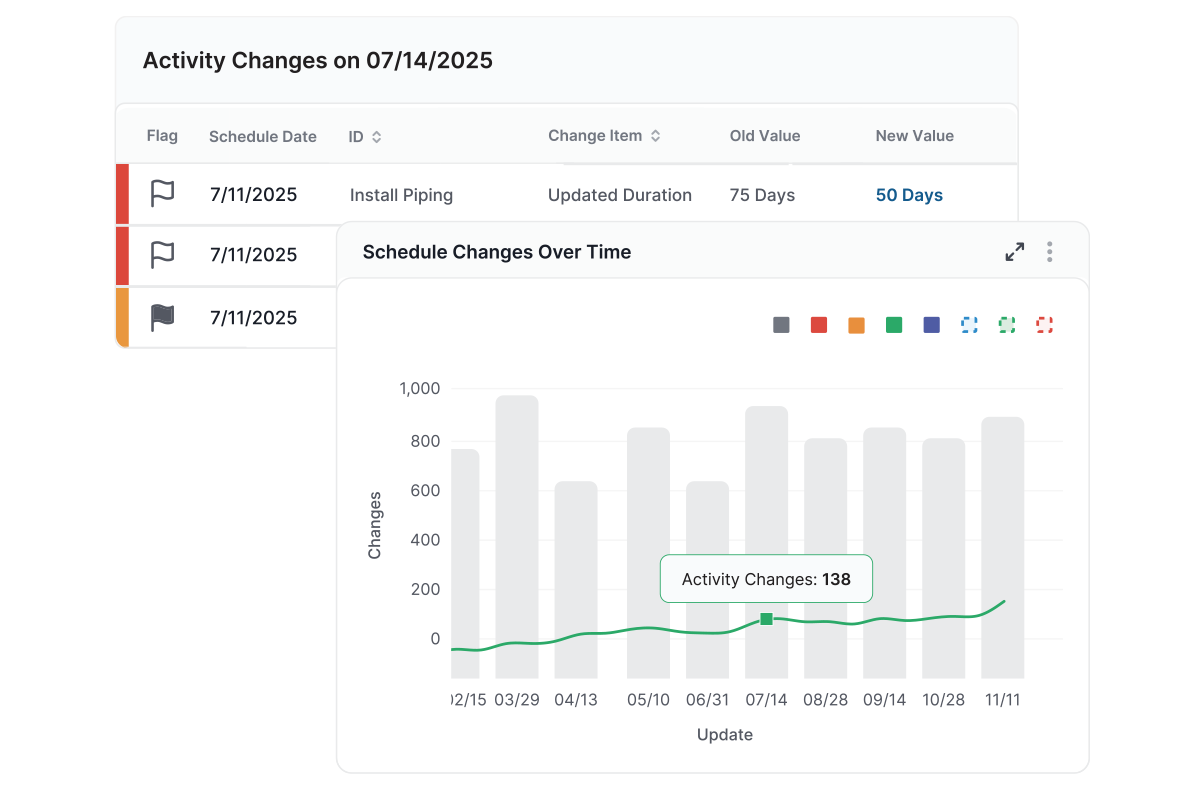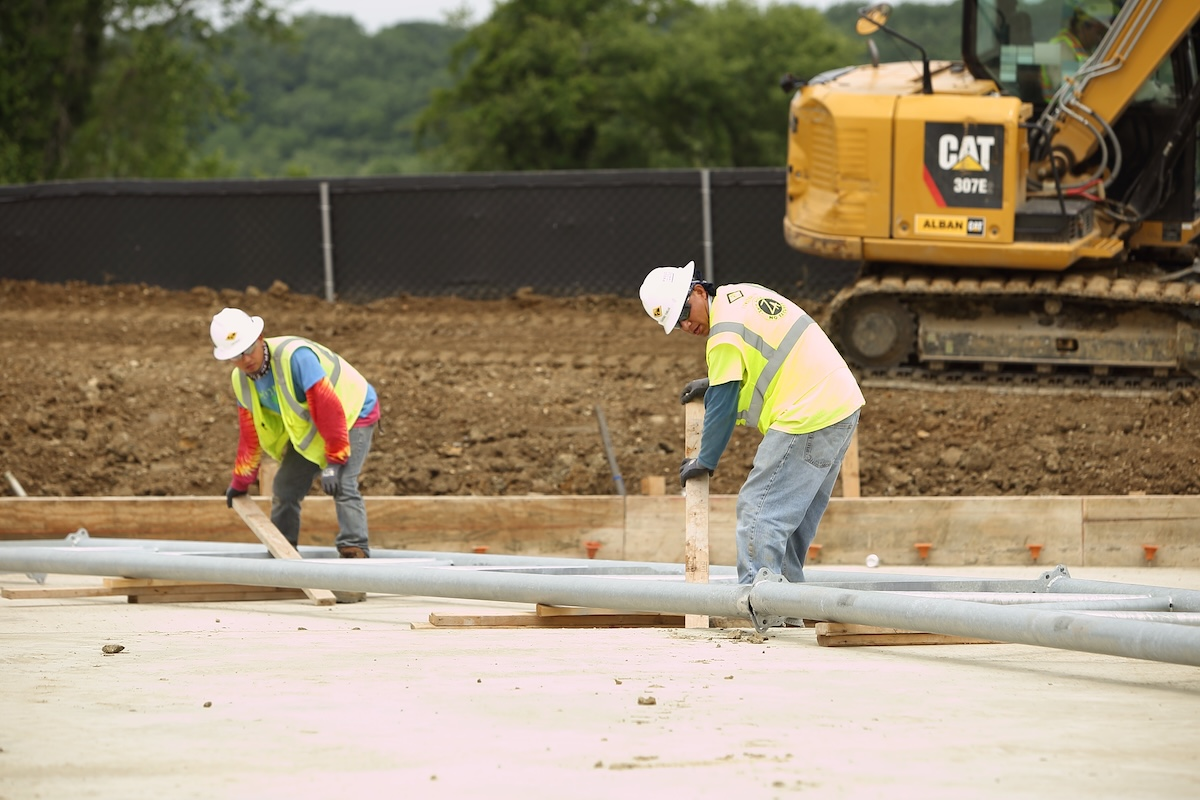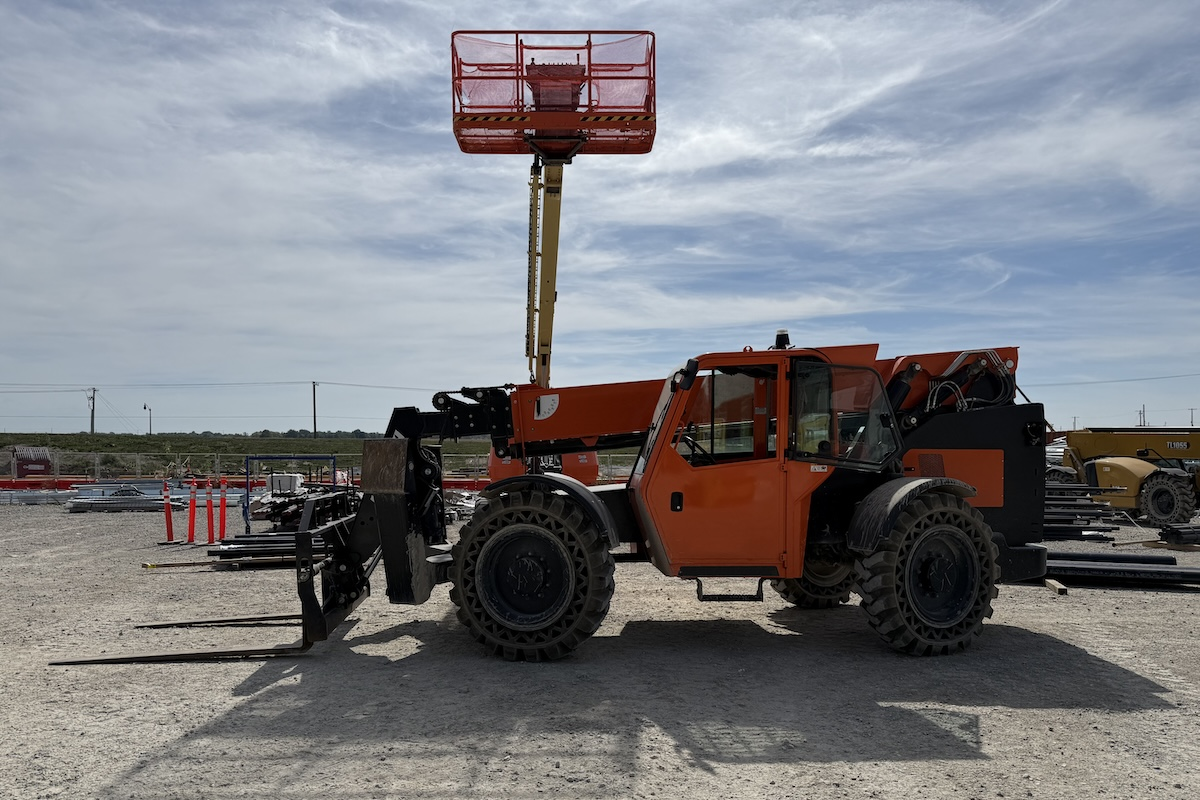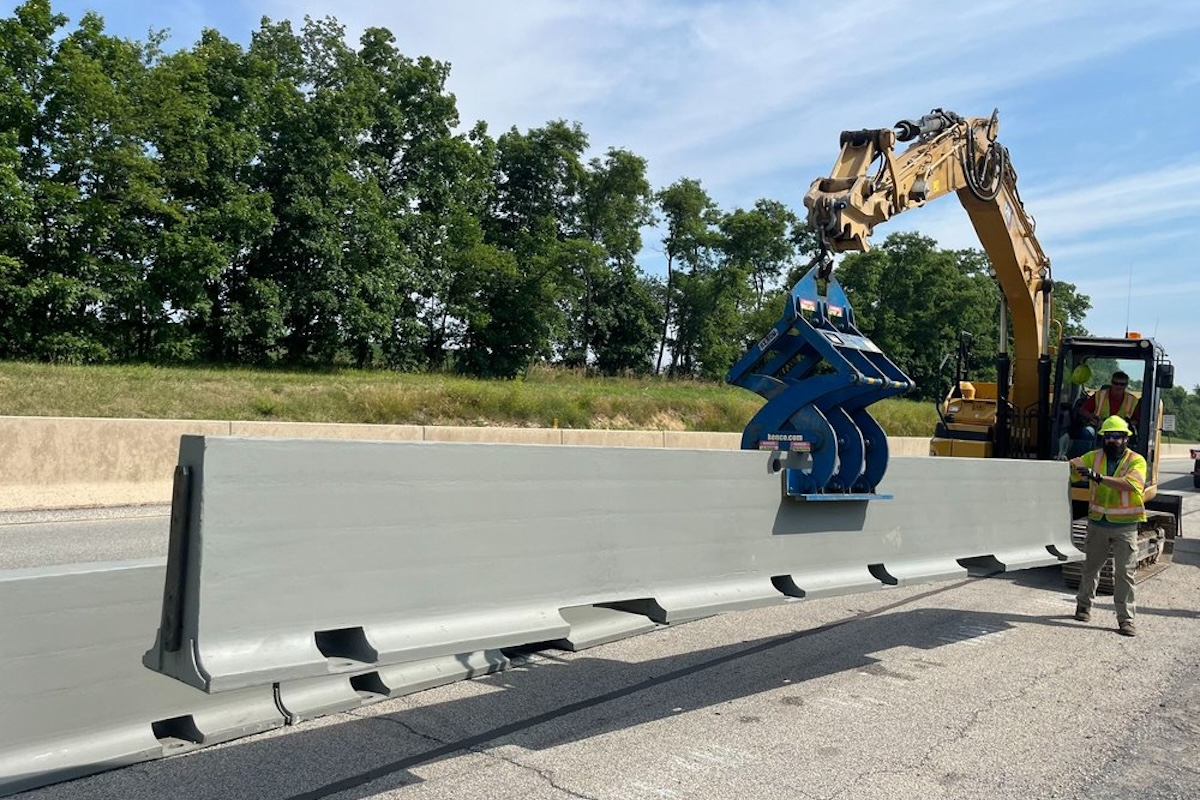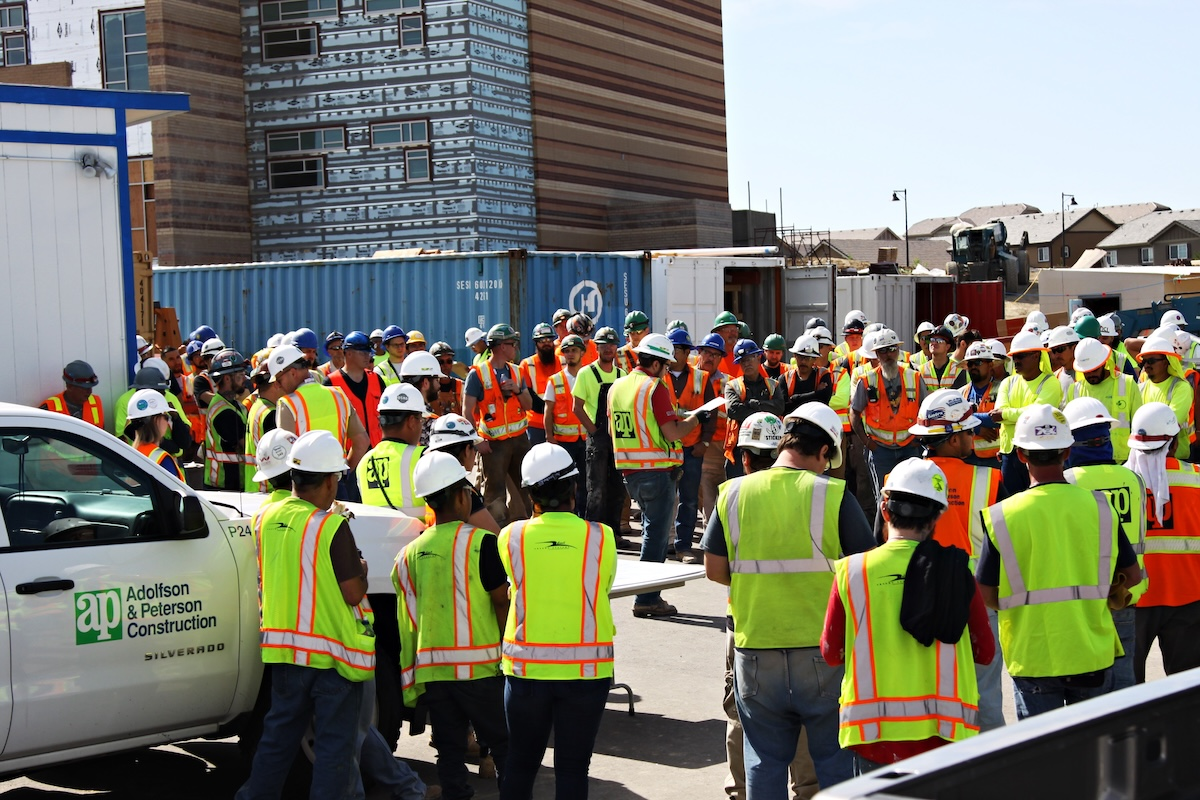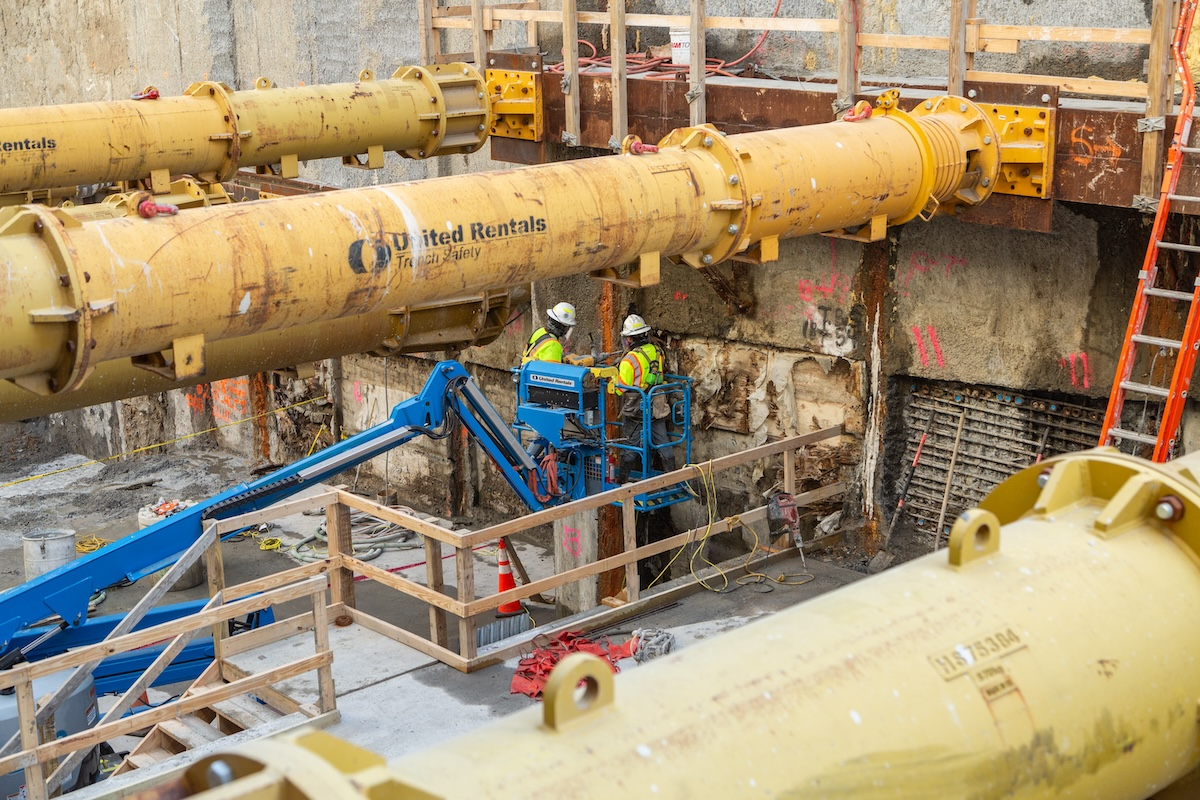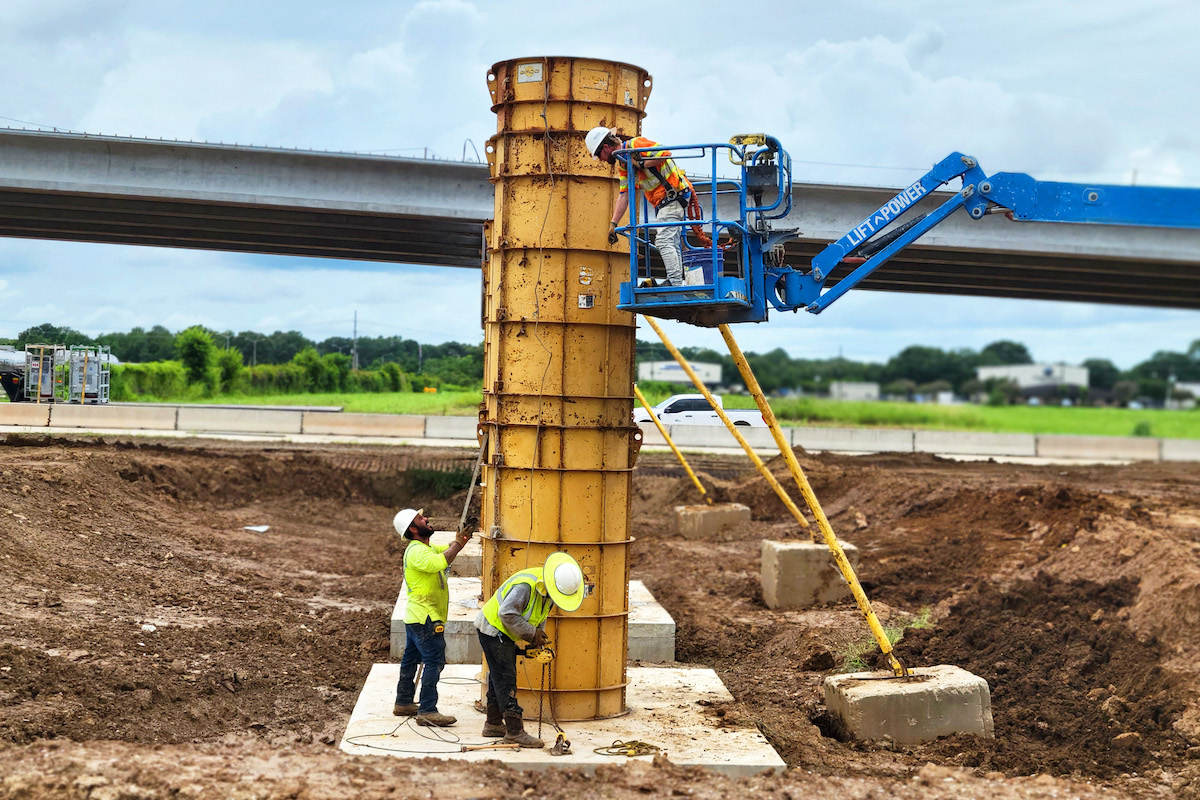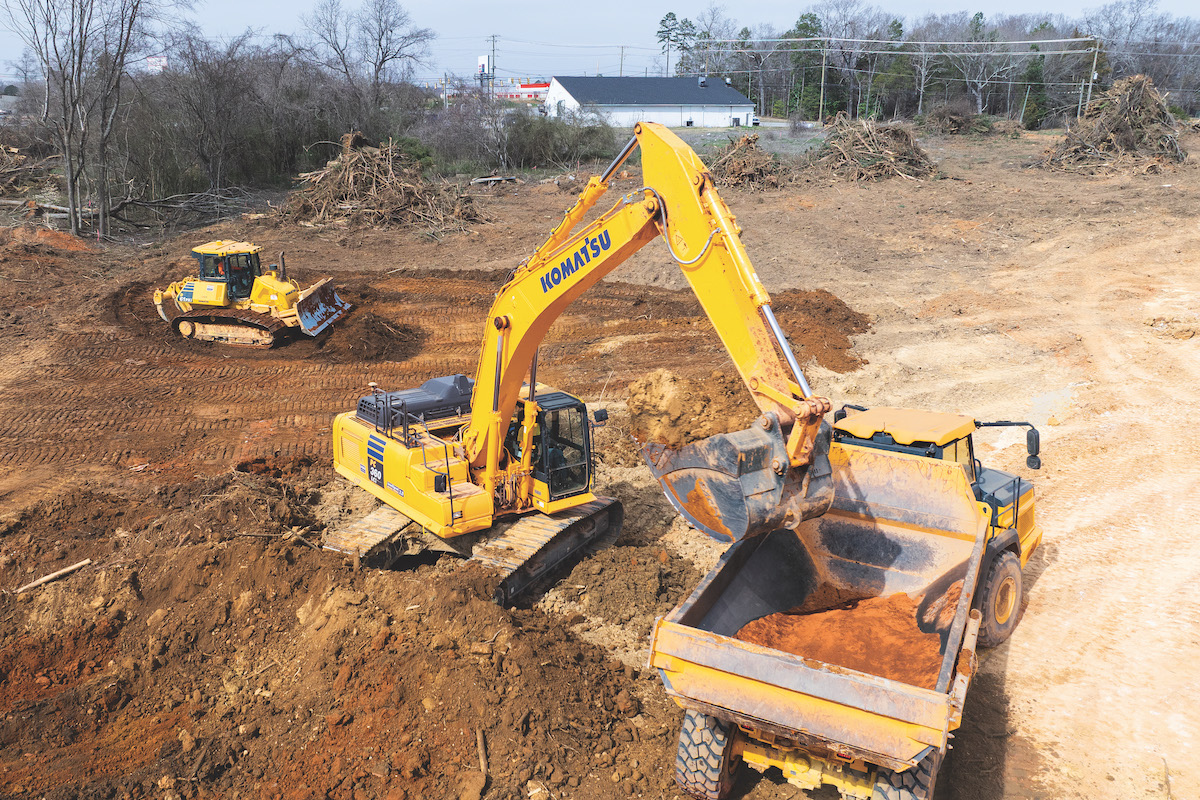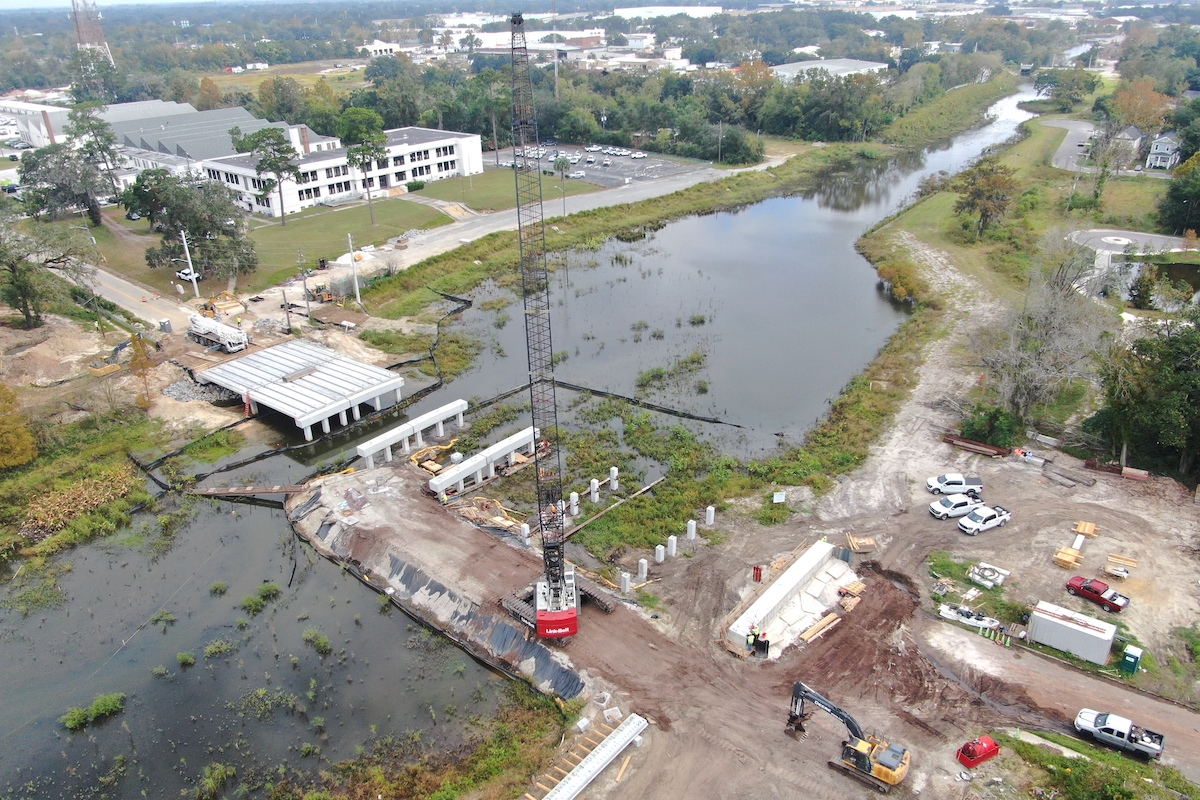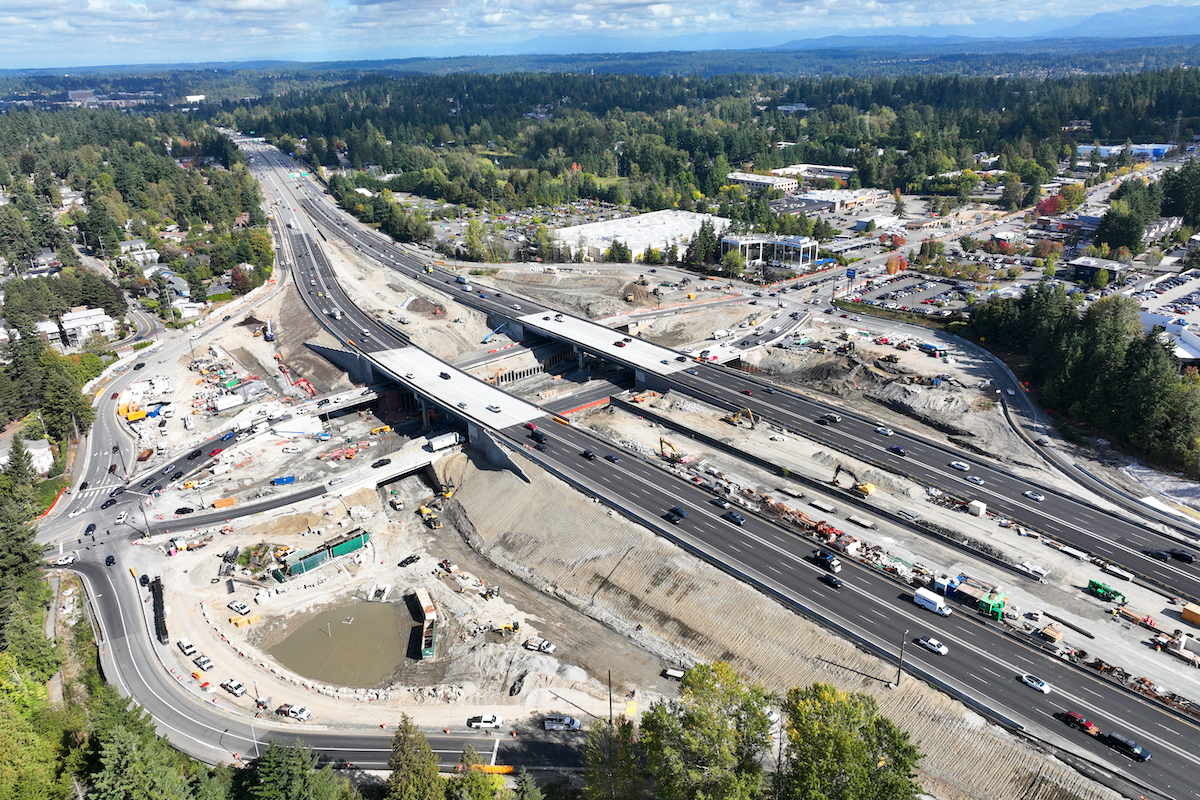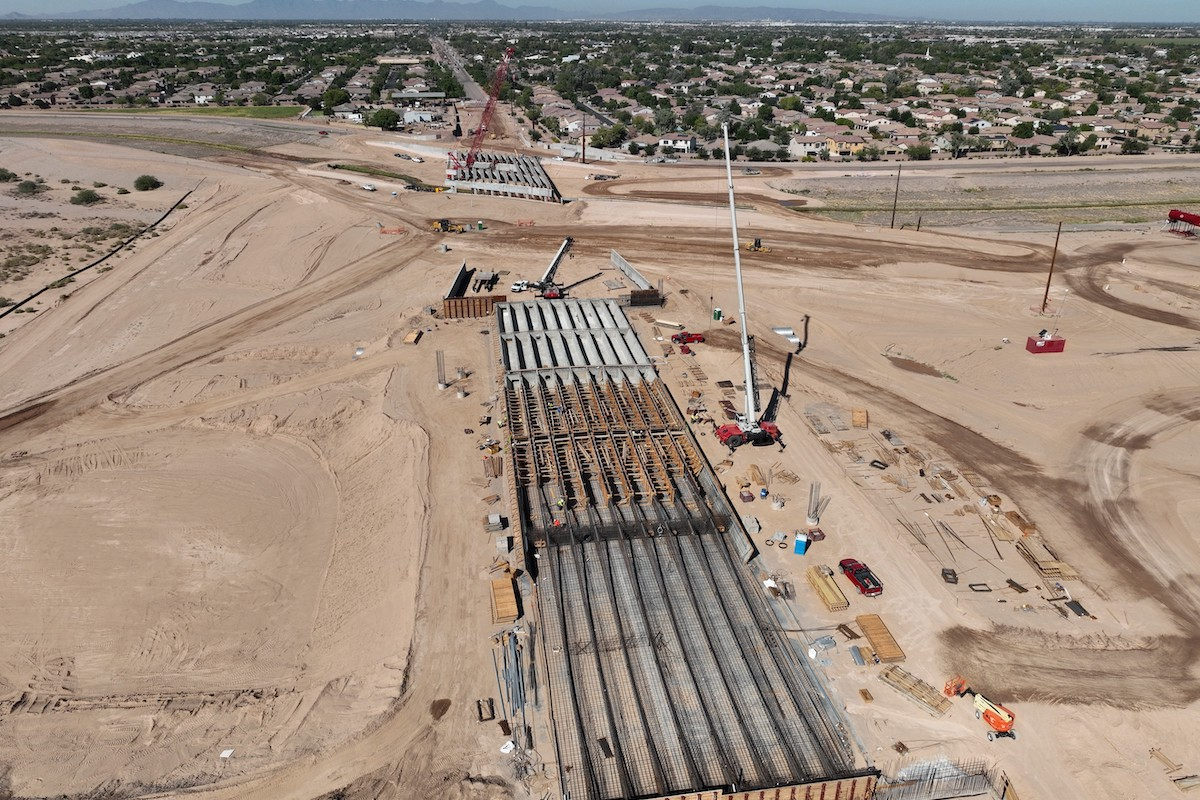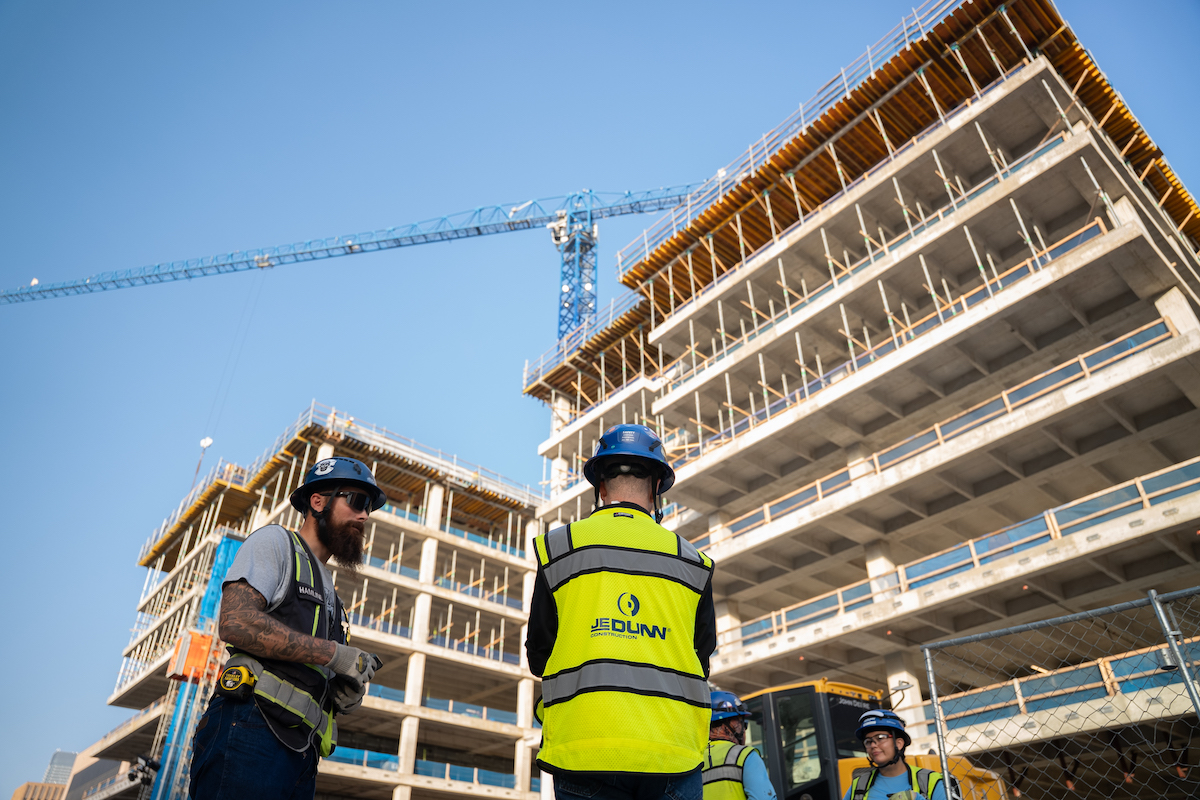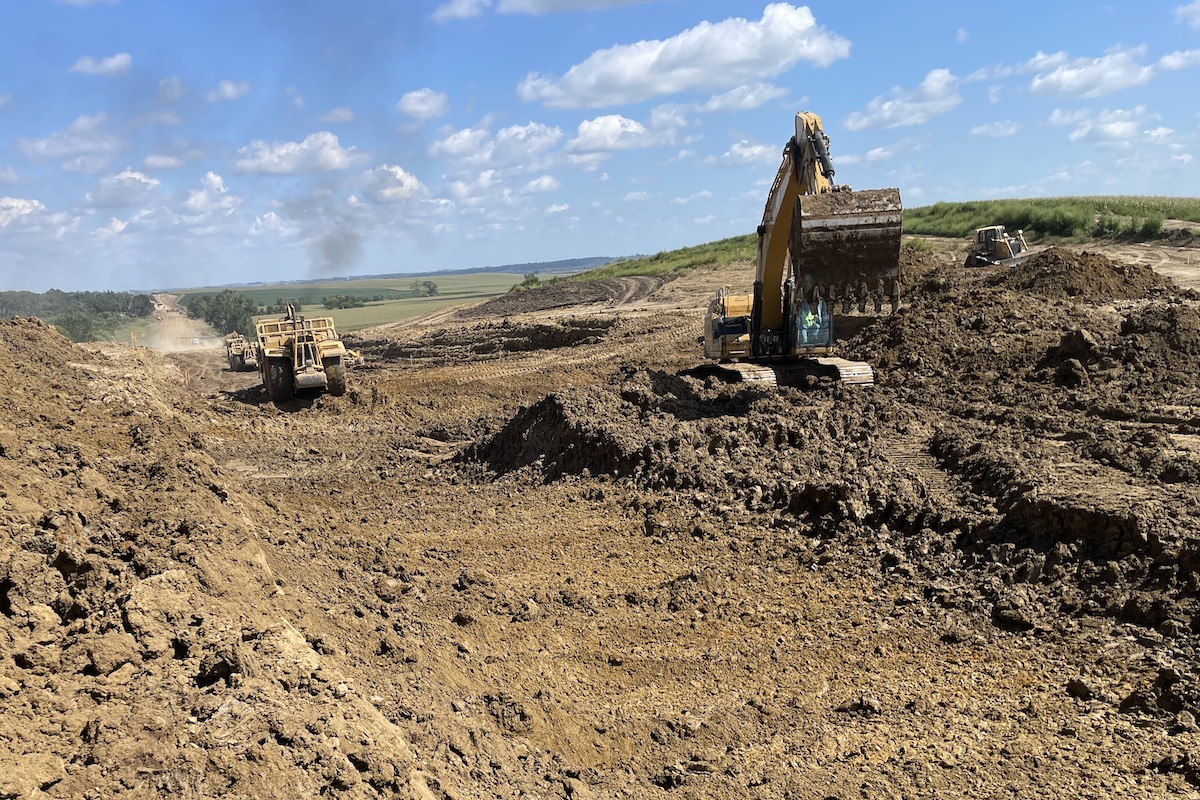In 2022, 1.3 million women worked in construction, accounting for about 10.9 percent of the industry’s workforce. In 2024, women working in construction bumped from 10.9 percent to 14 percent. Still, 66 percent of these female workers are in sales and administrative occupations (part of the company, but not part of the crew). The U.S. Department of Commerce reports that from February 2024 to 2025, construction employment grew by 133,000 jobs — 18,000 of which were accounted for by women. Many attribute this bump to the U.S. Department of Commerce’s launch of the Million Women in Construction Community Pledge.
The Million Women in Construction initiative is a nationwide rallying cry for the construction industry. It urges stakeholders — from contractors to training institutions — to commit to tangible steps that will foster a more diverse and robust workforce. The pledge highlights the need for a comprehensive strategy to recruit, train, hire, and retain the next generation of skilled craft workers who are vital for rebuilding U.S. infrastructure and complementing the government’s investment efforts.
Kelly Aust, National President of the National Association of Women in Construction (NAWIC), is a Project Manager at Skanska, one of the first companies to sign the pledge.
“Taking the pledge aligned perfectly with our [Skanska’s] core values,” Aust said. “It reinforces our dedication to creating a more inclusive and diverse workforce, not just for our company but for the entire construction sector.”
“We’re actively working to make construction a viable and attractive career option for women,” she added. “This pledge is about shaping the future of construction to be more inclusive and innovative, which ultimately benefits everyone.”
The pledge is more than just a symbolic gesture. It sets up concrete ways to break down the barriers that have long hindered women’s progress in construction.
“For me personally, this commitment represents a concrete step toward ensuring that the next generation of women can thrive in a more supportive environment,” Aust said. “It’s vital for making construction a viable and attractive career option for women.”
Construction sites are changing. Recent shifts in skilled worker shortages, cultural changes, and career goals mean that more women than ever are part of the industry. The Bureau of Labor Statistics projects a 4 percent growth in the construction industry from 2021 to 2031. This translates to about 168,500 new jobs each year. Over the last decade, women in construction have increased 53 percent.
Women in construction occupations in the New England states hover around 10.9 percent. On December 23, 2024, Massachusetts Governor Maura Healey signed an executive order aimed at increasing the number of women and historically underrepresented populations in construction.
“Women have traditionally been underrepresented in construction jobs and skilled trades, comprising only 11 percent of the industry workforce and 4 percent of trade operations,” Healey said.
More women are joining the construction industry for the following opportunities:
- Pay: Although, not at parity, a woman in construction does earn 95.5 percent of what her male counterpart earns. The average woman working in the U.S. makes 82 percent of the average man’s pay.
- Benefits: Health care, child care, and maternity policy benefits may be provided. A report from Construction Management states that “on average, women stay with companies that support them through their pregnancies for six years per child.” The percentage of women in construction companies can become a reliable resource of loyal, long-term team members.
- Training/Mentoring: There is opportunity to learn a skilled trade by taking part in an apprenticeship program. Mentorship programs, whether formal or informal, can build relationships and inspire a sense of belonging. Encouragement and positive coaching can help eliminate a toxic/threatening workspace.
- Advancement: Women may see construction as not just a job, but as a career. The many paths the industry offers gives women the chance to follow, learn, and advance along the way.
To recruit and retain any employee (male or female), a culture of inclusion and equity needs to be fostered. Workforce diversity will be a natural result in this environment. To encourage more people to consider the industry as a career, construction companies and businesses can tap into 50 percent of the vastly underrepresented workforce — women.
Stepping into a male-populated workplace, the female employee should know that she is — first and foremost — safe. Some safety measures to consider include suitable sanitation facilities, properly fitted personal protection equipment, and harassment-free and zero-tolerance behavior policies.
A 2021 Business Insider study found that 44 percent of women hired in the construction industry leave permanently within their first year. A majority of those who left reported they felt a lack of respect or experienced harassment, which prevented them from asking questions or clarifying their job tasks. Plus, the Occupational Safety and Health Administration survey revealed that 88 percent of female construction workers report having been harassed on the job. The harassment women experience on construction sites can range from mild insults to sexual assault.
Fortunately, sexual harassment prevention training is on the rise, too. New anti-harassment legislation is being put in place. Though there is still plenty of room for improvement, sexist attitudes are slowly starting to fade.
The construction trades are not known for their ability to adapt to new ideas quickly. However, the industry is starting to recognize that women can perform just as well on the job. Diverse teams — those of both genders — are better at team collaboration, and it is suggested that having female team members is part of improving team performance.
Men and women not only think differently, but it is also a scientific fact that men’s and women’s brains work differently. Each has ways of thinking that bring strengths with it. Bump up the percentage of women in construction teams, and there is a very good chance that they will be more cohesive and productive. Women, on the whole, are more inclusive. They think about others around them, and because they tend to be naturally empathetic, emotionally intuitive, and compassionate, they build stronger relationships.
Changing the perception of women in construction is fundamental and crucial. Girls are not typically being introduced to construction when they are young. As they grow into young women, they do not see themselves represented in construction. Women-centric associations, like NAWIC, as well as educational curriculums at the junior high and high school levels are advancing women role models through intentional programming.
For instance, NAWIC and its 120 chapters across the United States have been highlighting members in their professional roles, through an initiative called “Best Person for the Job.” Through social media sites, websites, and podcasts, NAWIC has been instrumental in showing examples of working women in construction.
Putting women in the advertisements, in the annual reports of construction companies, at career fairs, and construction career days will allow the next generation (both girls and boys) an all-inclusive perspective that construction is a career for everyone. Events such as Construction Career Days, Block Kids, Create Design Build, and other such programs are creating pathways for the youth to find construction and to define it for themselves.
Increasing the percentage of women in construction benefits both companies and crews. If a company misses out on 50 percent of a potential workforce, that can stymie any business. Education, dedicated training, and construction specific certifications are becoming ever more thorough, and the new generations have a comfort and ability with technology that boosts their productivity and safety to new heights.
WIC Week, or Women in Construction Week, celebrates and promotes the role of women in the construction industry. Officially, NAWIC held the first WIC Week in 1998, and it has grown and expanded each year since. With 120 chapters nationwide, nearly 100 percent of the chapters will hold WIC Week events this year from March 2 to 8. The events can include making presentations to high school classes, job site tours, luncheons, and virtual events.
This year's theme, “Together We Rise,” brings forward the importance of collaboration, cooperation, and teamwork in construction. It also further strengthens NAWIC’s mission statement of amplifying the success of women in the construction industry. Construction firms of all sizes and types are encouraged to participate in WIC Week and show their support for their women employees.
In next month’s issue of New England Construction, look for examples of NAWIC leadership and a few of the “Best Person for the Job” stories from women in construction.
As a precursor/kick-off to WIC Week, three of NAWIC’s New England chapters (Boston, Greater Worcester, and Rhode Island) are combining efforts for a networking event on February 25 at Splitsville in Foxboro, Massachusetts.




